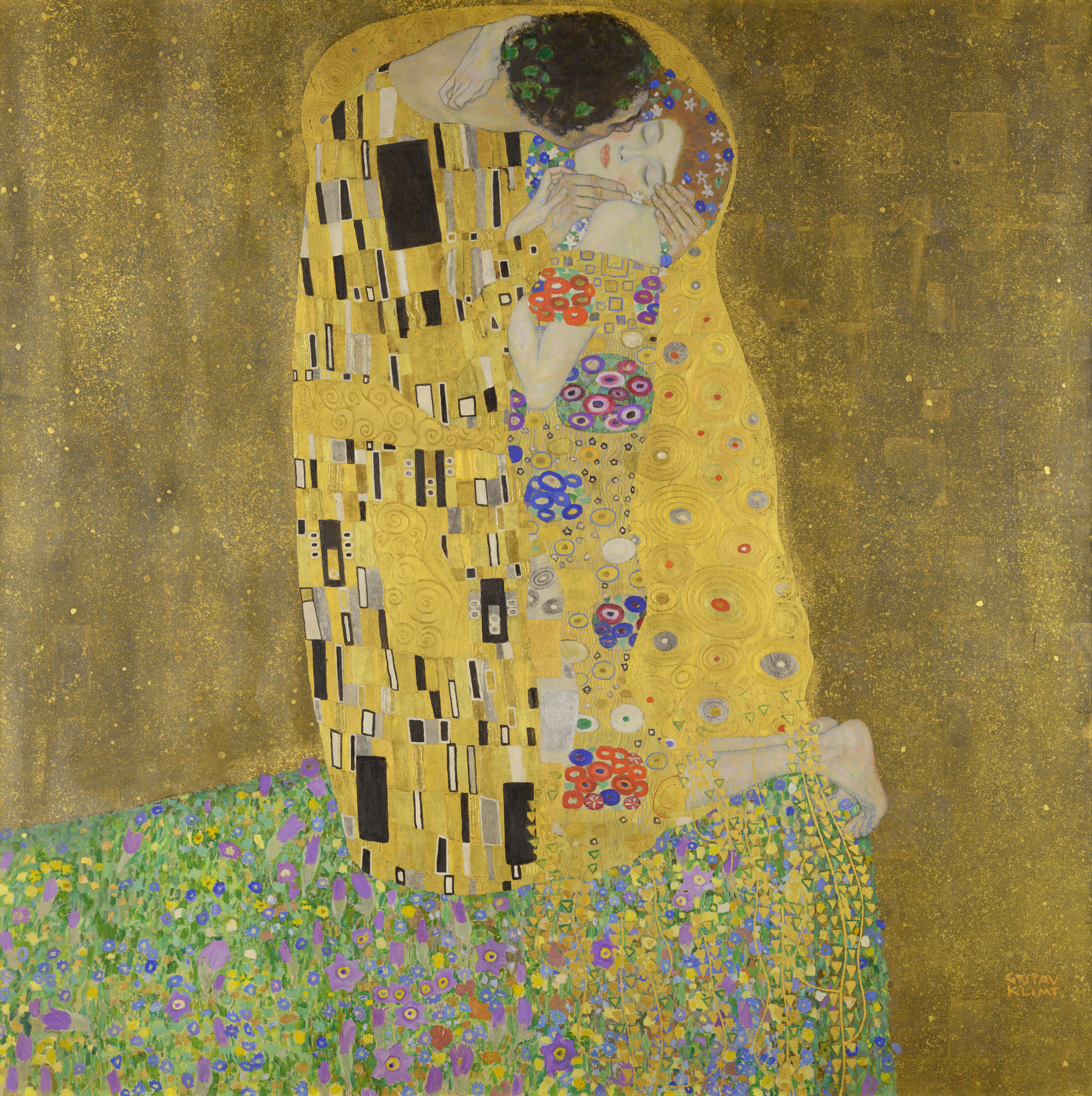Klimt, Gustav (1862-1918), was an Austrian artist. He was the leading cofounder and first president of the Vienna Secession, a group of artists and architects who created the Austrian version of French Art Nouveau in painting and the decorative arts (see Art Nouveau). Klimt is best known for his paintings of the human figure. Like other Art Nouveau artists, he painted in a flat, richly patterned, and colorful style that emphasized curving and rhythmic lines. An example of Klimt’s style, Judith with the Head of Holofernes, appears in the Painting article in the print edition of World Book.

Klimt was born on July 14, 1862, near Vienna. He began his career as a portrait artist and decorative painter. Klimt’s murals Philosophy, Medicine, and Jurisprudence (1900-1907), done for the University of Vienna, created controversy because the figures were gloomy and sensual rather than heroic. Klimt’s last major project was a group of mosaics (1911) in the Palais Stoclet in Brussels. The mosaics are composed of glass, semiprecious gems, gold, and enamel. Their human figures are almost lost in the brilliantly patterned abstract design. Klimt died on Feb. 6, 1918.
